Due to the cold and harsh environment in Antarctica, it’s expected that it is NOT a hospitable place for ‘life‘ to survive in. In fact, as 98% of the continent remains covered in ice, things get extremely grim in the winter with temperatures that are able to fall down to -70°C (it even reached -94.7°C back in 2010 and -89.2 in 1983) — and that comes together with 24 hours of darkness too. Nevertheless, the good news is that the tip of the continent (which is called the Antarctic Peninsula), as well as the surrounding sub-Antarctic islands, are more hospitable; so, they become ideal spots for witnessing some of the amazing Antarctic animals!
TRIVIA: Antarctic life forms are typically called as ‘extremophiles’ given that they can thrive in physically extreme habitats that would typically be detrimental to most life on Earth.
.
This term though is usually only used for microbes but penguins are sometimes referred to as such given that they can live in this place in which most other normal animals cannot.
With that said, if you are ever a part of an Antarctica expedition, below are some of the incredible Antarctic animals that you can see during your cruise through the surrounding islands and the Peninsula itself!
Antarctica Animals
» Penguins (Birds)
Naturally, penguins are the first type of animals that people think of when Antarctica comes to mind. (And in case you’re confused — nope, there are no polar bears here in the south, those are found way up north!)
Apart from the various other birds that one can find in the region (such as skuas, albatrosses, snowy sheathbills, geese, etc. which you can see nesting along the shores of Antarctica in the summer or that you could witness from your ship as you make your way into the continent), I’ll rather be focusing on the penguins for this section.
So, to date, there are 17 species of penguins in the world but only 7 of them live on and around Antarctica:
- Four (4) live and nest in and around the Antarctic continent: Adélie, Emperor, Chinstrap, and Gentoo
- The first 2 are found way further in the icy continent and the rest prefer to be at the northern tip
- Three (3) breed in Antarctic and sub-Antarctic islands: King, Macaroni and Rockhopper
Adelie
Adélie penguins are commonly found along the coast of Antarctica and you can easily identify them by their small height (around 18 to 28 inches), the white ring surrounding their eyes, and the feathers at the base of their bill. As one of the Antarctic animals, they mostly feed on sea creatures such as krill, little fishes, and the occasional squid. If you come around early to mid-December, you can witness baby Adélies because they are usually born around that time.
Where to find them: Inside the Antarctica continent, Antarctic Islands (e.g. Half Moon Island), and sub-Antarctic islands.
TRIVIA: There’s a reason behind the cute walk or waddling of penguins. Aside from the fact that it’s the only way they can move given their short legs, it’s also a way for them to save and conserve energy. You can think of their motion as an inverted pendulum wherein swinging back and forth makes them continue to move more efficiently.
Chinstrap
It’s clear to see they’re called this way, after all, chinstrap penguins have distinctive black feathers that run under their chin which makes them look like they have a teeny tiny helmet, right?
As for the chinstrap penguins’ chicks, they are typically born between late February and early March; so if you come sometime before those months, you can possibly see them incubating their eggs (they often lay two eggs).
Where to find them: Antarctic Peninsula, Antarctic Islands, and sub-Antarctic islands
Chinstrap penguins typically have two chicks per mating season, and they are born between late February and early March.
TRIVIA: The breeding practices of chinstrap penguins are quite dramatic. Males would race to find the very best nests, and then wait for their mates to arrive. If a male can’t find a nest to his liking, he may even force couples out of the nest that he has chosen (talk about forceful!) But once he has a nest, he will give his mate 5 days to show up— if she won’t, he’ll be moving on. Though, if his original mate catches him with another lady, these female penguins will fight over his affections!
Emperor
Emperor penguins are the most southerly of the Antarctic animals and they are also the largest, bulkiest, and heaviest of all penguin species — given that they can stand from 43 to 51 inches and weigh from 22 to 45 kilos. Apart from their height, you can easily identify emperor penguins from their pale yellow breast and bright yellow and orange patches near their ears (this is apart from the typical ‘penguin tuxedo’ look).
And of course, the emperor penguins’ chicks who have silver-grey down (or layer of fine feathers) are easy to spot too. If I say so myself, they are the most adorable baby penguins of all!
Where to find them: They can be quite difficult to find as they’re found further in the Antarctic continent (e.g. Snow Hill Island, Dion Islands). However, there have been times where they are spotted in the Antarctic Peninsula or even in South Georgia.
TRIVIA: Emperor penguins are the only penguin species that breeds during the harsh Antarctic winter. After laying a single egg, the female returns to the sea to feed and replenish her energy while the male incubates it. If you’ve watched documentaries of this before, you would know how they have excellent camaraderie when all the males huddle together in the winter for warmth while taking turns standing outside of the said huddle.
Gentoo
Gentoo penguins are the 3rd largest penguin species; yet, they’re still fairly small. With a height that can span from 20 to 35 inches, you can recognize them instantly from the wide white stripe across the top of their head as well as their bright red-orange bill.
Baby gentoo penguins are usually hatched in October; so, since Antarctic cruise expeditions start in November, you won’t be able to see them with their eggs but of course, you can see the baby chicks waddling about since it takes them 3 months before they can become independent.
Where to find them: the Falkland Islands, sub-Antarctic islands, and Antarctic Peninsula (e.g. Cuverville Island)
TRIVIA: The penguins may be slow on land but they’re fast in the water! Most penguins swim underwater at around 6 to 11 kilometers per hour (kph), but the fastest penguin — the gentoo — can reach up to 35 kph. Imagine that!
King
King penguins are the 2nd largest of the penguin species and I have come to witness almost a MILLION of them when I landed in South Georgia’s St. Andrews Bay —it was phenomenal!
Their look is similar to that of the emperor penguins with slight differences on the cheek or ear patches. One could even say that, unlike the emperor penguins who have a jet black color, king penguins rather have dark grey.
When it comes to baby chicks though, king penguins don brown fluffy fur. They shed this for months through a process called molting until they finally achieve the ‘signature look’ of adult king penguins. (NOTE: When early explorers first saw the baby king penguins, they thought they were an entirely different animal!)
Wanna see almost a MILLION of them? Read about my experience in South Georgia for this!
Where to find them: Falkland Islands, South Georgia, and sub-Antarctic islands
TRIVIA: King penguins have a long breeding timeframe that lasts for about 14 months. Meanwhile, their diet rely on small fish (e.g. lanternfish) and squid. They rely less on krill and other crustaceans which is what other penguins mostly feed on.
Macaroni
Macaroni penguins may be small but they are flashy given their big orange bills and bright and spiky orange eyebrows (which are called ‘crests’). Crests are actually common in all penguin species but they’re in a lighter color and not as predominant as that of the macaroni penguins.
When I first saw this kind of penguin as one of the Antarctic animals I’ve witnessed, I immediately remembered Lovelace of Happy Feet!
Where to find them: Sub-Antarctic islands (e.g. South Georgia, Heard Island)
TRIVIA: Penguins seem to look like they’re wearing tuxedos, right? Well, this is helpful for camouflaging them while out hunting in the waters (against their predators like the leopard seals).
Rockhopper
If macaroni penguins are flashy, rockhopper penguins are too — BUT, in a more subdued way since their crests or eyebrow markings are less striking but are still spiky and bright yellow that extend all the way to the crown of their heads.
As for their name, this came about because they typically hop around their rocky environment. You won’t find them in Antarctica itself but they are found in the northern Antarctic islands.
Where to find them: the Falkland Islands and sub-Antarctic islands.
Bonus: Magellanic
These are named after the famous Portuguese explorer, Ferdinand Magellan, who first spotted them in 1520. You won’t find these cute penguins in Antarctica as they’re mainly a South American penguin that breed in coastal Argentina, Chile, and the Falkland Islands — however, since your Antarctica trip may stop by the Falkland Islands, they’re worth mentioning here!
– – –
» Whales
In the Antarctic summer, there are various types of whales who go around to feed on the nutrient-rich waters and there are about 15 whale species that can be found there. Sure enough, spotting them from your ship or from a zodiac boat is one of the most exciting experiences you can have in an Antarctic expedition!
Some of the types of whales that you can see (if you’re lucky) are:
- Sperm whales: the largest of the toothed whales and the largest toothed predator that mainly feed on squid (medium-sized ones, even giant squid, colossal squid), octopus, and fish.
- Fun trivia: they have the largest brain of any animal on Earth and can live for more than 60 years.
- Orcas or Killer whales: they’re technically NOT a part of the whale species but rather belong to the oceanic dolphin family. They have a diverse diet: some feed only on fish while others will hunt seals and dolphins. It’s helpful to note that other than the Antarctic regions, they’re found in a lot of other places like the tropical seas and the Arctic regions.
- Fin or finback whales: they are the 2nd-largest mammalian on Earth after the blue whale, and with their long and slender bodies, they’re a sight to be seen in the waters!
- Humpback whales: known for frequent breaching (or coming to the water’s surface to breathe) as well as doing other amazing surface behaviors, humpback whales surely are popular with whale watchers!
- Blue whales: the largest animals ever known to exist that can grow as long as 100 feet and weigh more than 120 tons! They used to be abundant on all oceans (numbering at about 239,000) until the 20th century when they were hunted almost to extinction. As of 2002, it is estimated that there are approximately 5,000 to 12,000 of them worldwide.
- …and others: you can spot minke, sei, southern bottlenose whales, etc.
During my Antarctica expedition, I was able to see fin, humpback, and killer whales!
TRIVIA: You need NOT to be afraid of these gentle Antarctic animals. Even if they are aggressive toward their prey, they don’t really attack humans. Sure, you may have heard of killer whales who attack their trainers but that’s because they have been raised in captivity.
.
Anyhow, many of these Antarctic whales have been hunted in the past resulting to endangered status on some of the species. This is as evidenced by some of the whaling stations that you will pass by during your cruise; nowadays though, there are international regulations on these whaling activities and the entire ocean surrounding Antarctica is regarded as a whale sanctuary.
– – –
» Seals
In Antarctica, there will be 4 types of seals that you will likely find, namely:
- Elephant seals: they are the largest Antarctic animals and the ones found here in the southerly part of the world are bigger than the elephant seals that you will find in the north (such as in USA, Canada, etc.). Truth be told, elephant seals can be as heavy as 3,000kg!!! Also, as what you might be thinking, they acquired their name due to their snout that looks like an elephant’s trunk. (Diet: fish and squid).
- Leopard seals: the infamous spotted predators of the adorable penguins (and even their fellow seals), fur seals are the 2nd largest species of the Antarctic seals. They’re also known to be fierce in nature to just about anyone and although they don’t attack humans often, it’s advisable to keep a distance from them. During my expedition, we spotted some of them in the waters from our ship but they weren’t so visible.
- Weddell seals: these seals gather around cracks in the ice and are also often seen lying on their sides when on land. They’re very docile so they’re said to be the most approachable and the best-studied of the Antarctic seals. In terms of appearance, they’re often compared to cats due to their somewhat similar facades, not to mention that their upturned mouths make them look like they’re smiling. (Diet: fish, krill, squid, prawns and crustaceans.)
- Crabeater seals: contrary to what you might think, these seals don’t eat crabs (they actually mainly eat Antarctic krill). You can quickly identify them in the ice due to their pale color — that is if you’re lucky to spot one as they’re customarily found on free-floating icea from the Antarctic coast. Nevertheless, your chances are high since they’re the most abundant seal species in the world.
Around the Antarctic waters though, and mostly in South Georgia Island, you will see the Antarctic fur seal which is a less aggressive seal than the leopard seal. When we landed in South Georgia we had to take caution of “attacking” fur seals who sporadically do so due to concerns that we’re out to steal their girls or harem — nope, I’m not kidding!
Competition is fierce for space and females that’s why they may even charge at penguins. Rest assured, it’s safe since they only run after you if they feel like it and then give up easily if you either make noise or point a stick towards them (it makes them stop running for some reason).
TRIVIA: Being as they are, seals are actually slow predators and they hunt by waiting in places where prey might appear. For example, leopard seals usually patrol in the edges of the ice in the water and they lie there waiting for any penguins who might enter the ocean.
.
Moreover, much like the whales, seals also used to be hunted heavily for their skin and oil. Now that they’re protected, their numbers have grown to millions!
• • •
Overall
Antarctic animals truly are awe-inspiring — may it be the thousands of waddling penguins, the numerous cuddly seals, or the lurking grand whales. I hope you can see how it would be such an incredible experience to be able to see them up close in the wild or in their natural habitat!
Here’s to wishing that you also get to this remote part of the world and undergo these once-in-a-lifetime encounters!

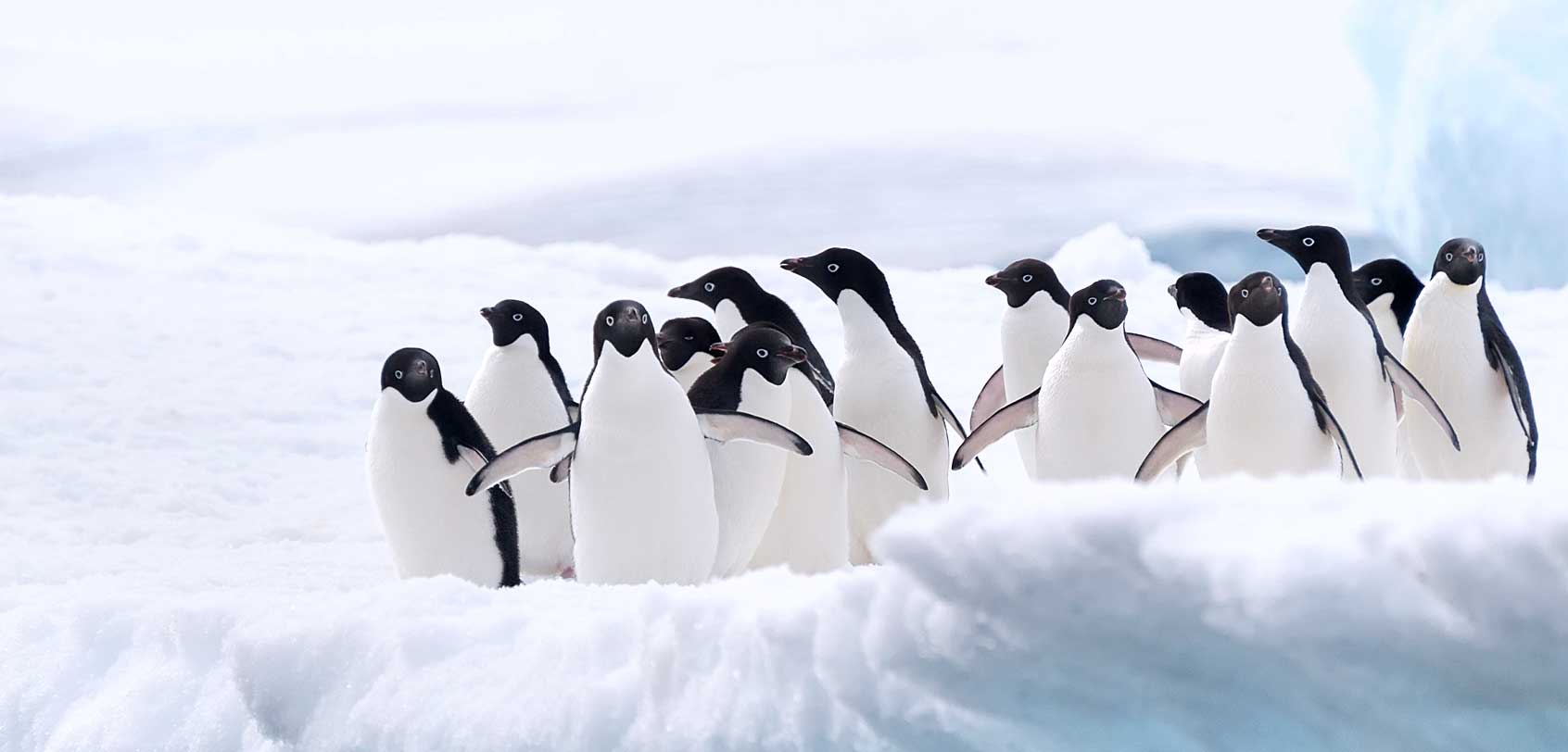
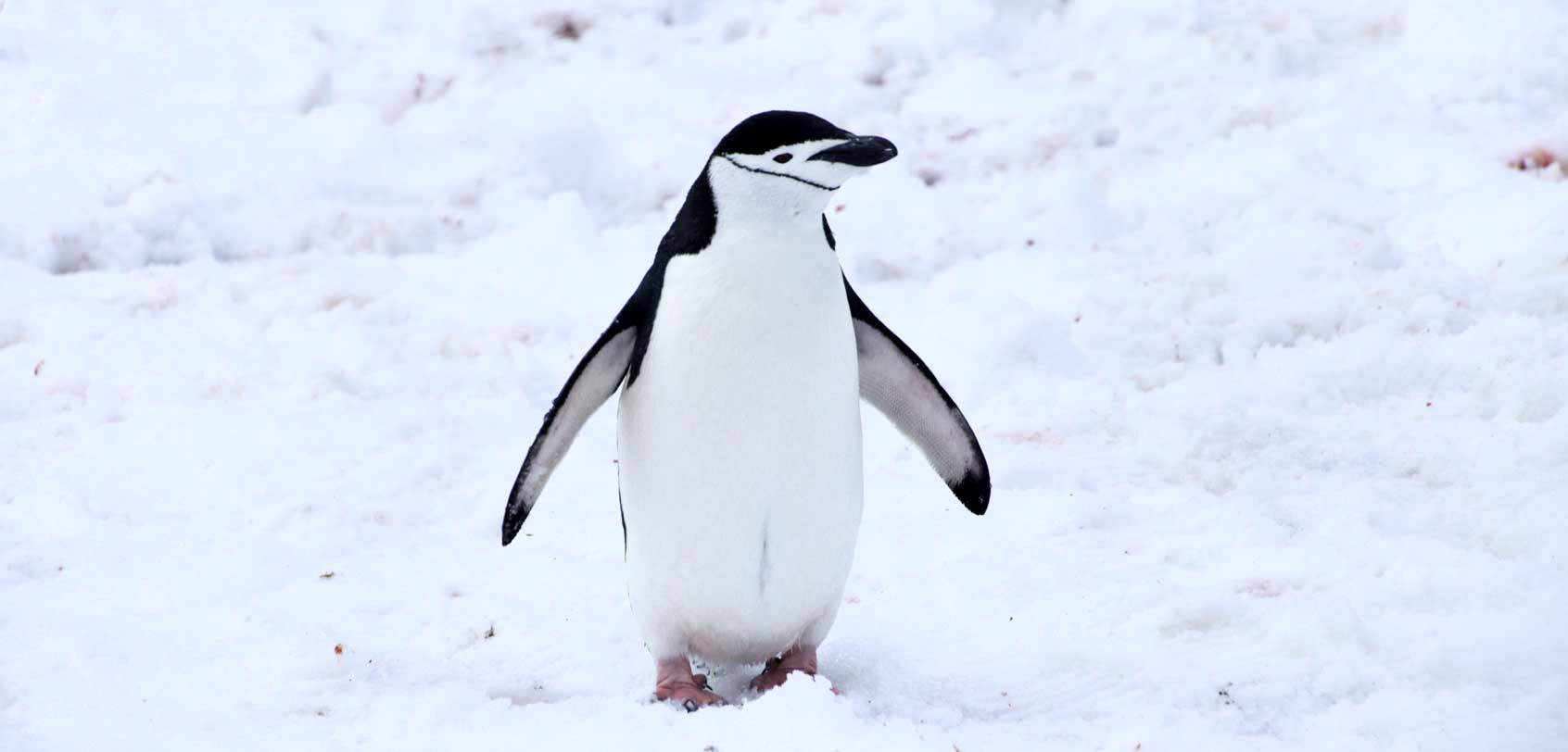
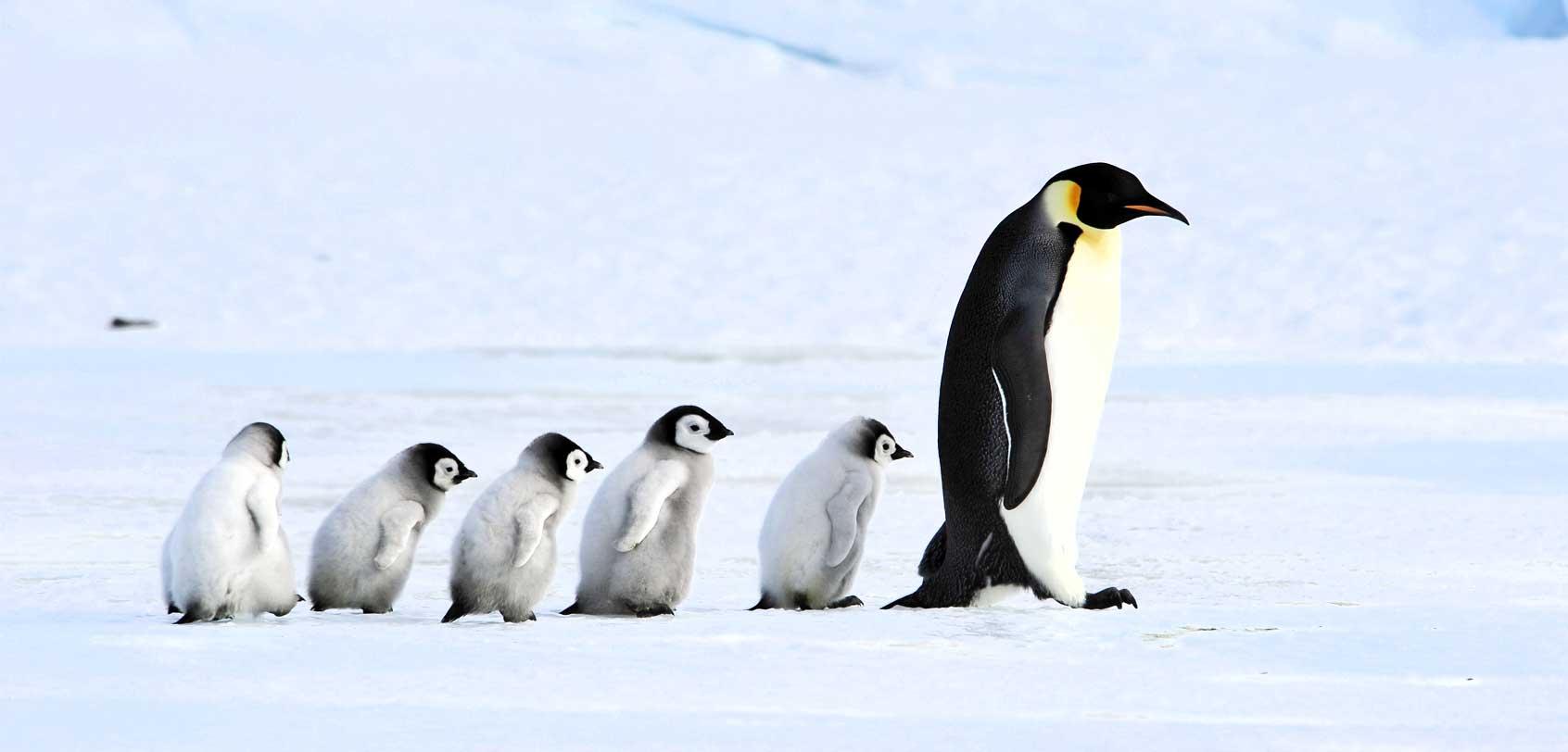
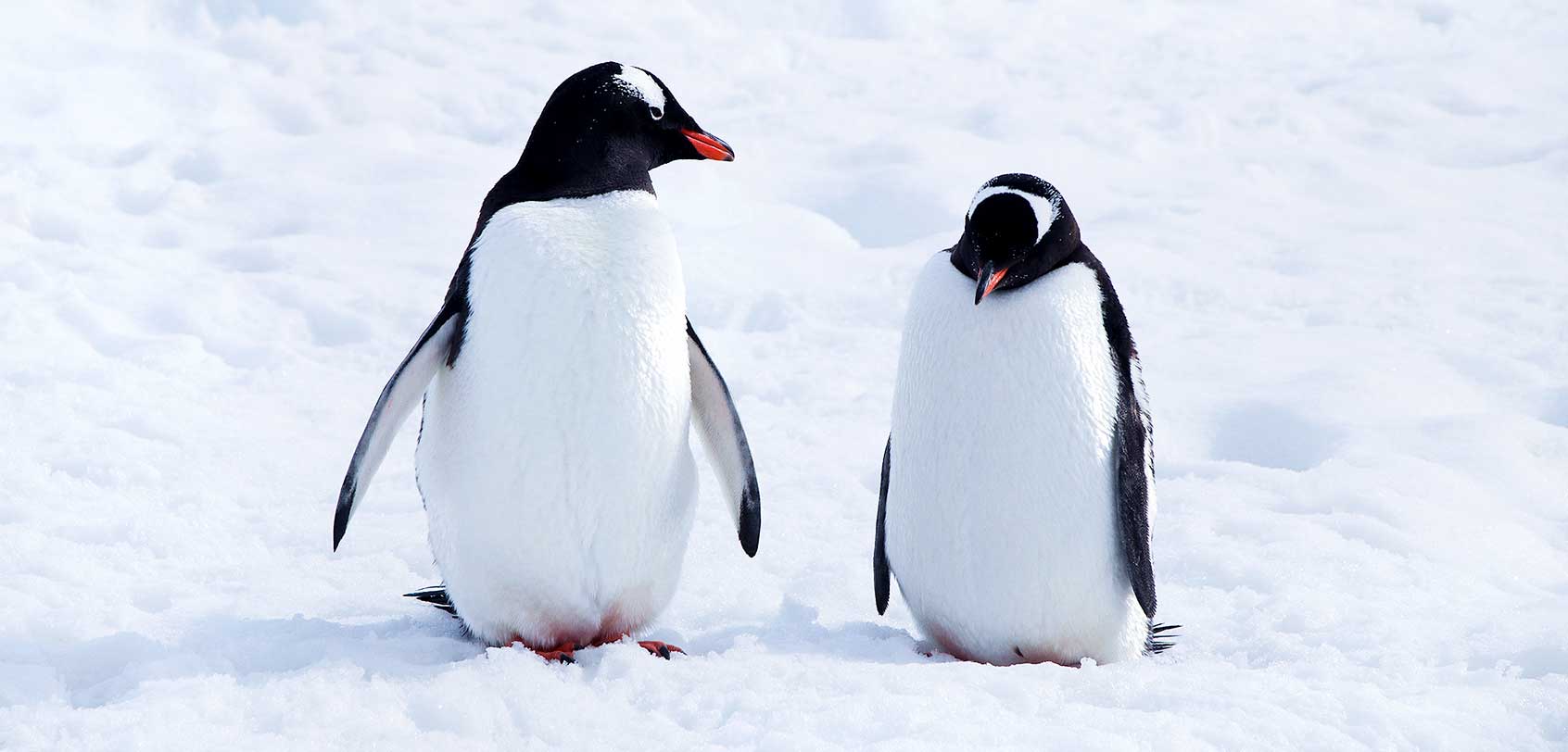
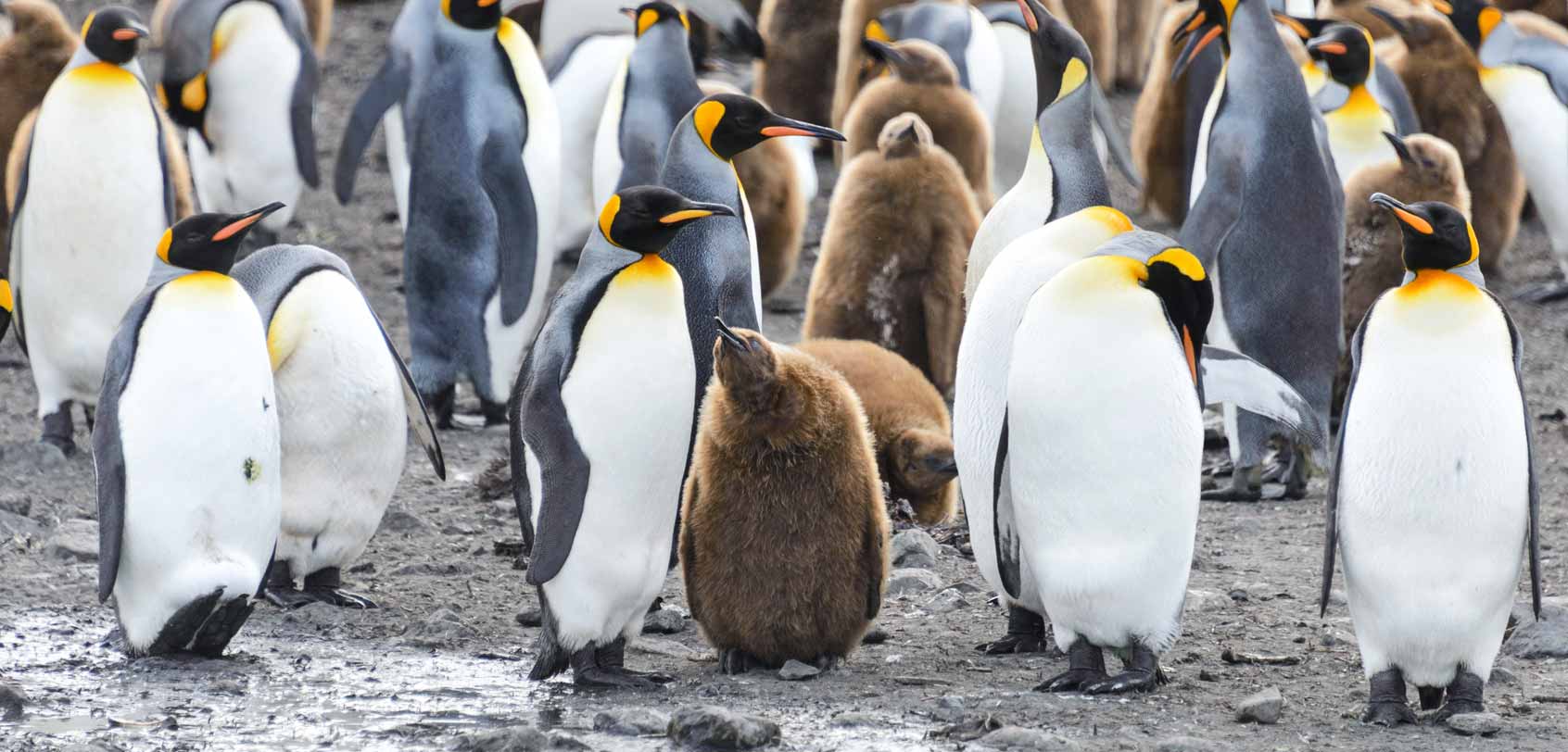
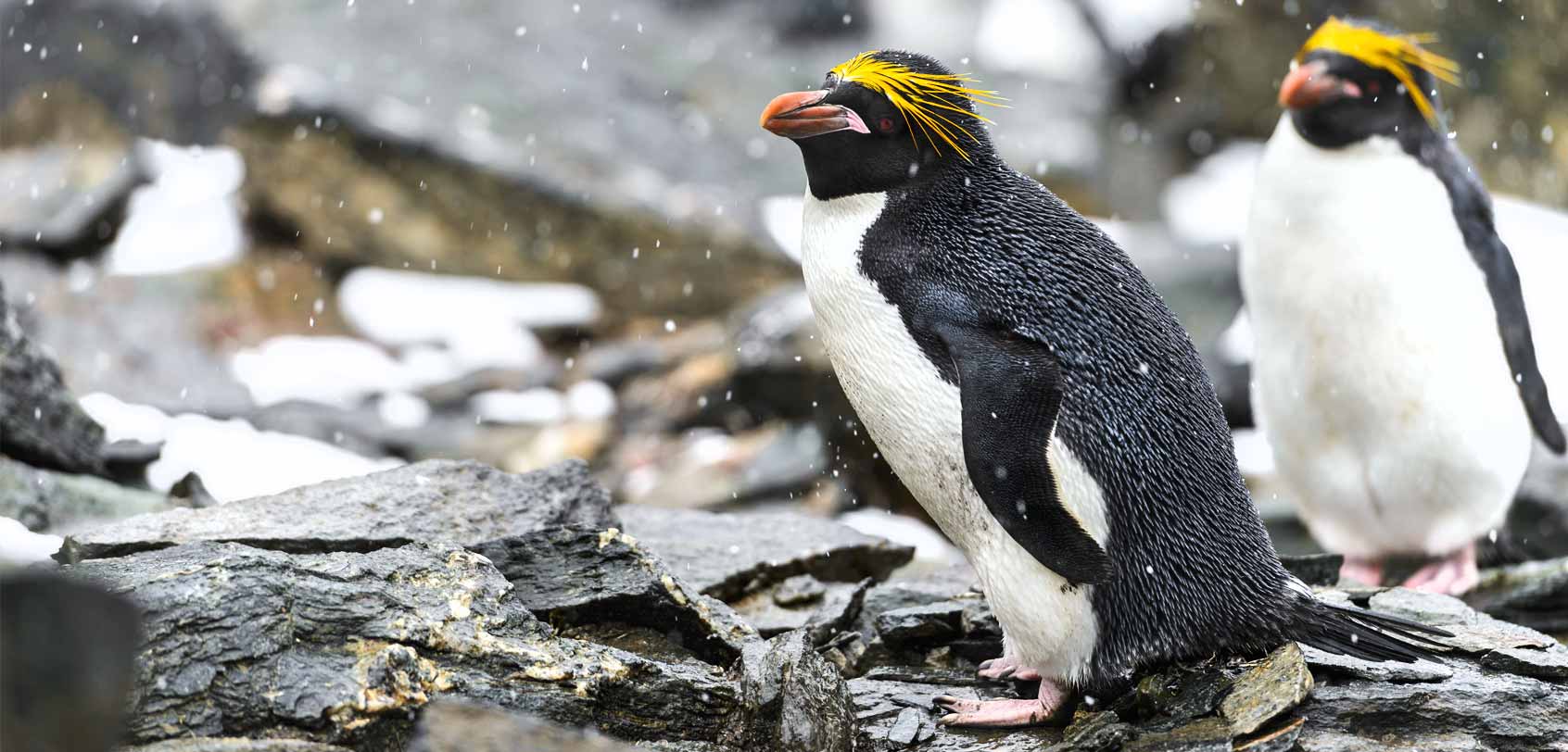
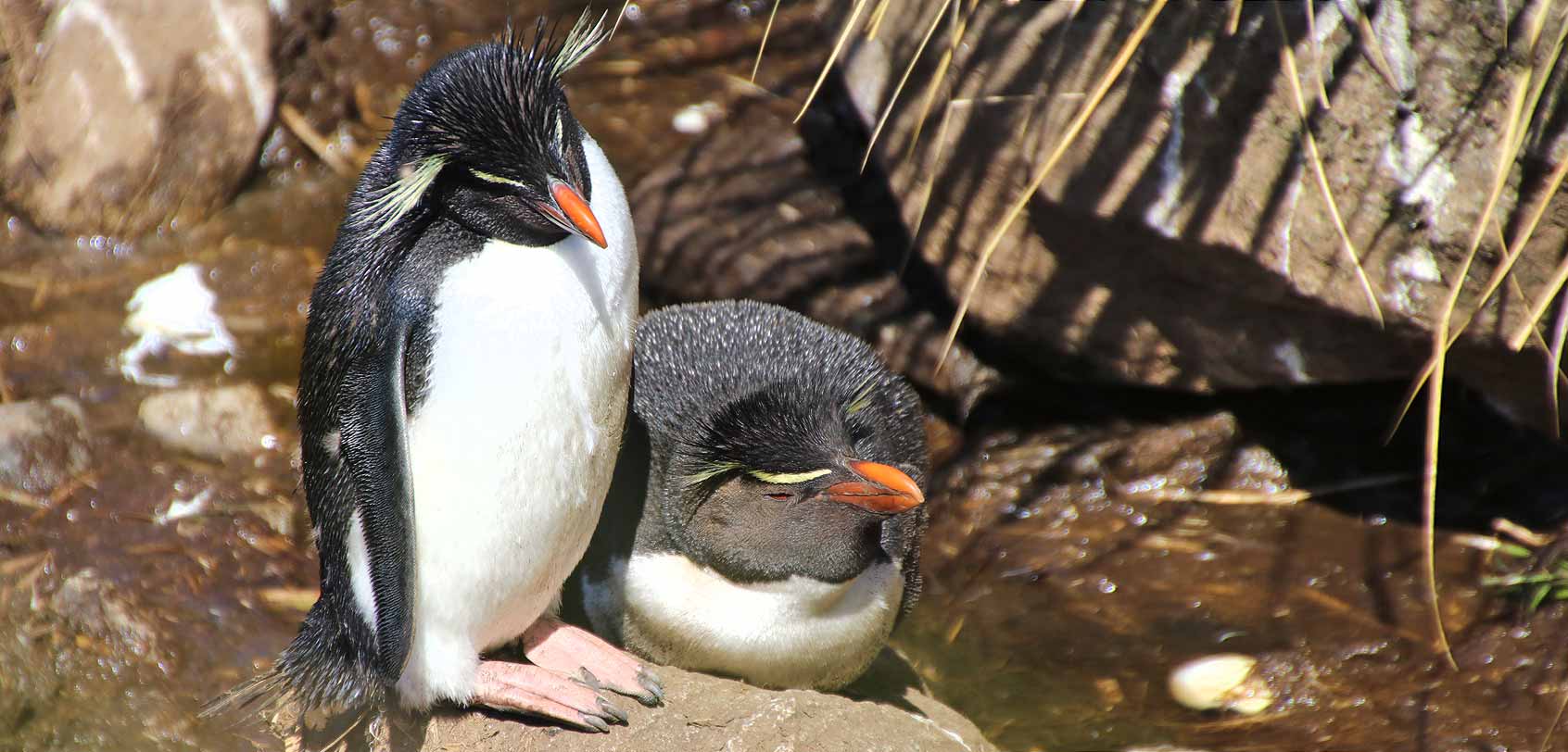
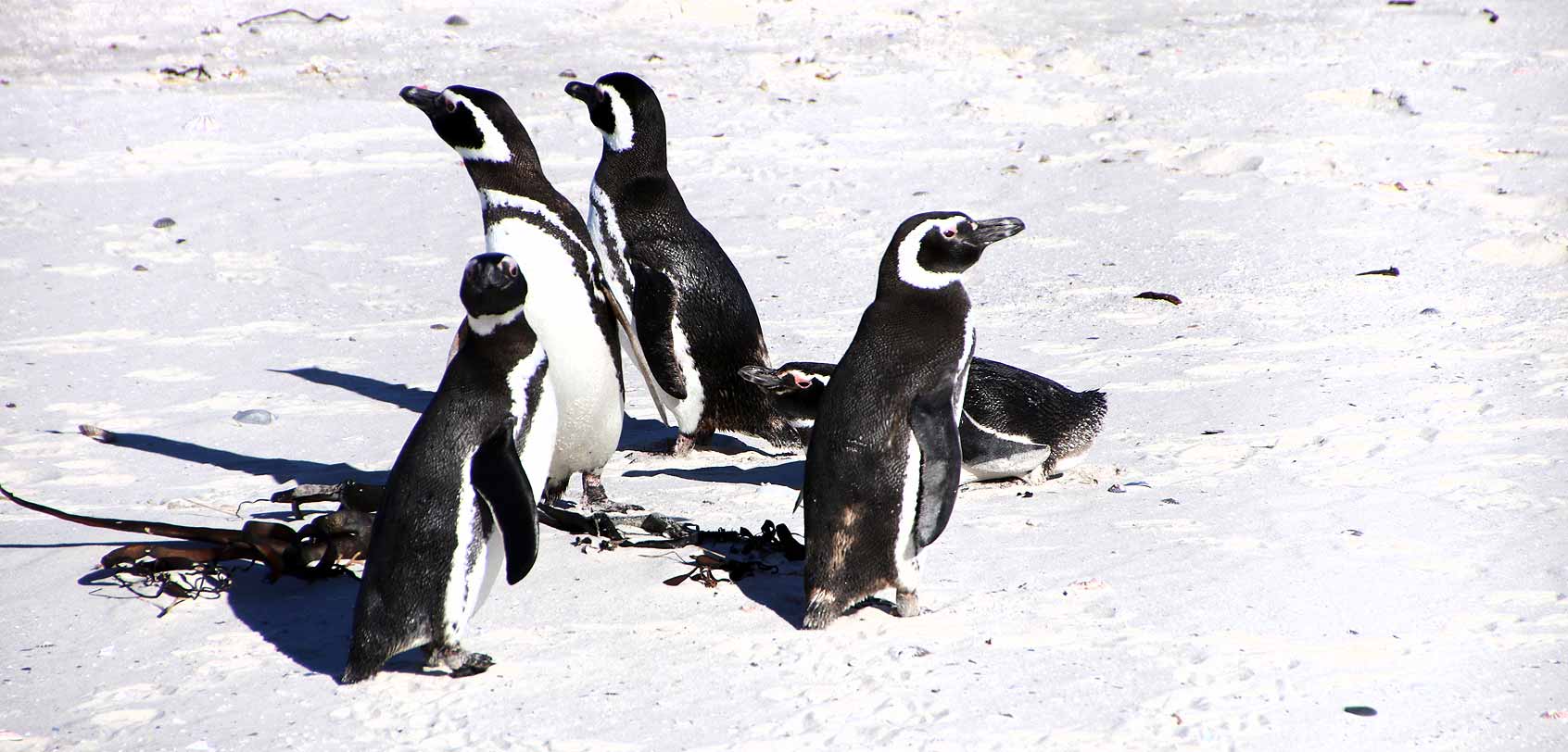
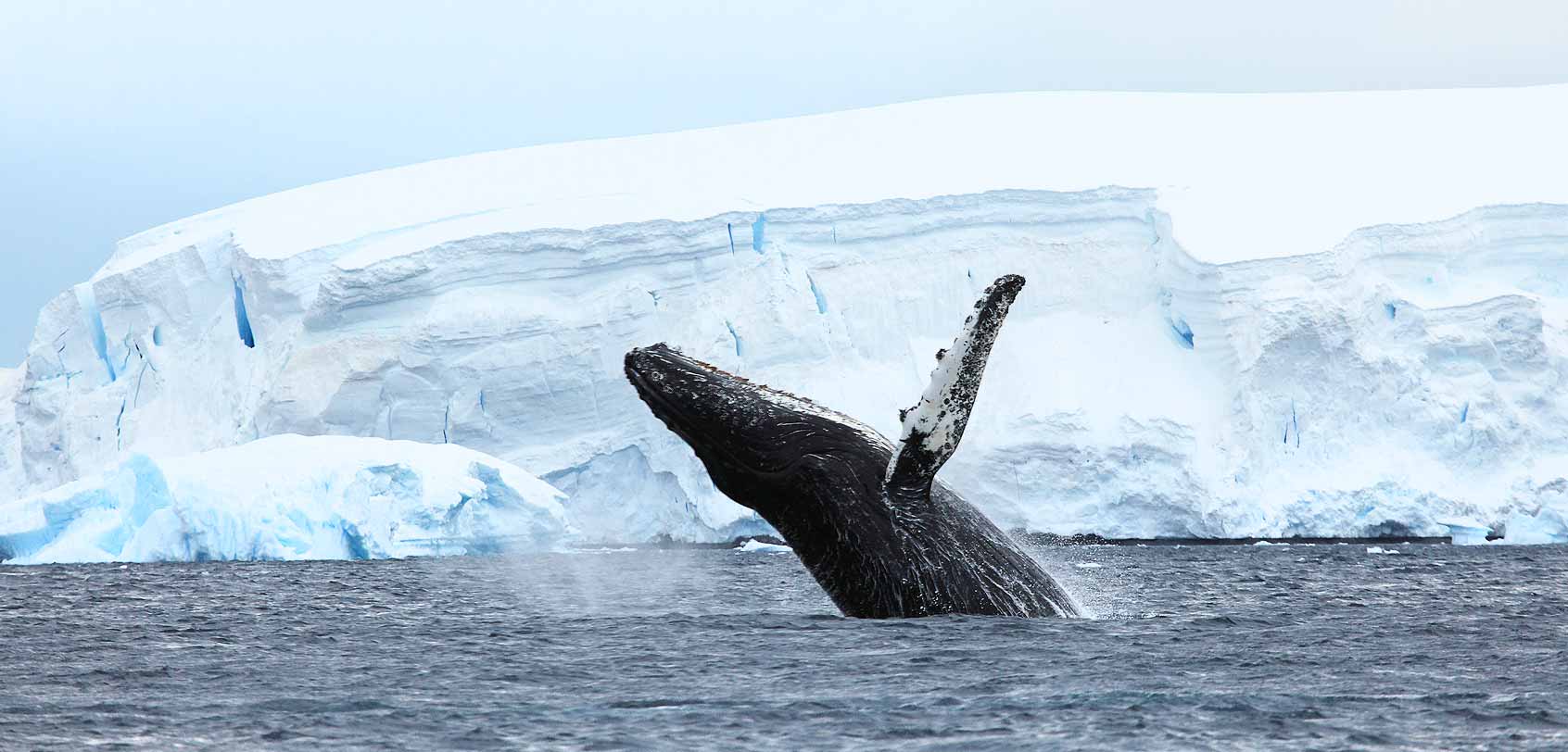
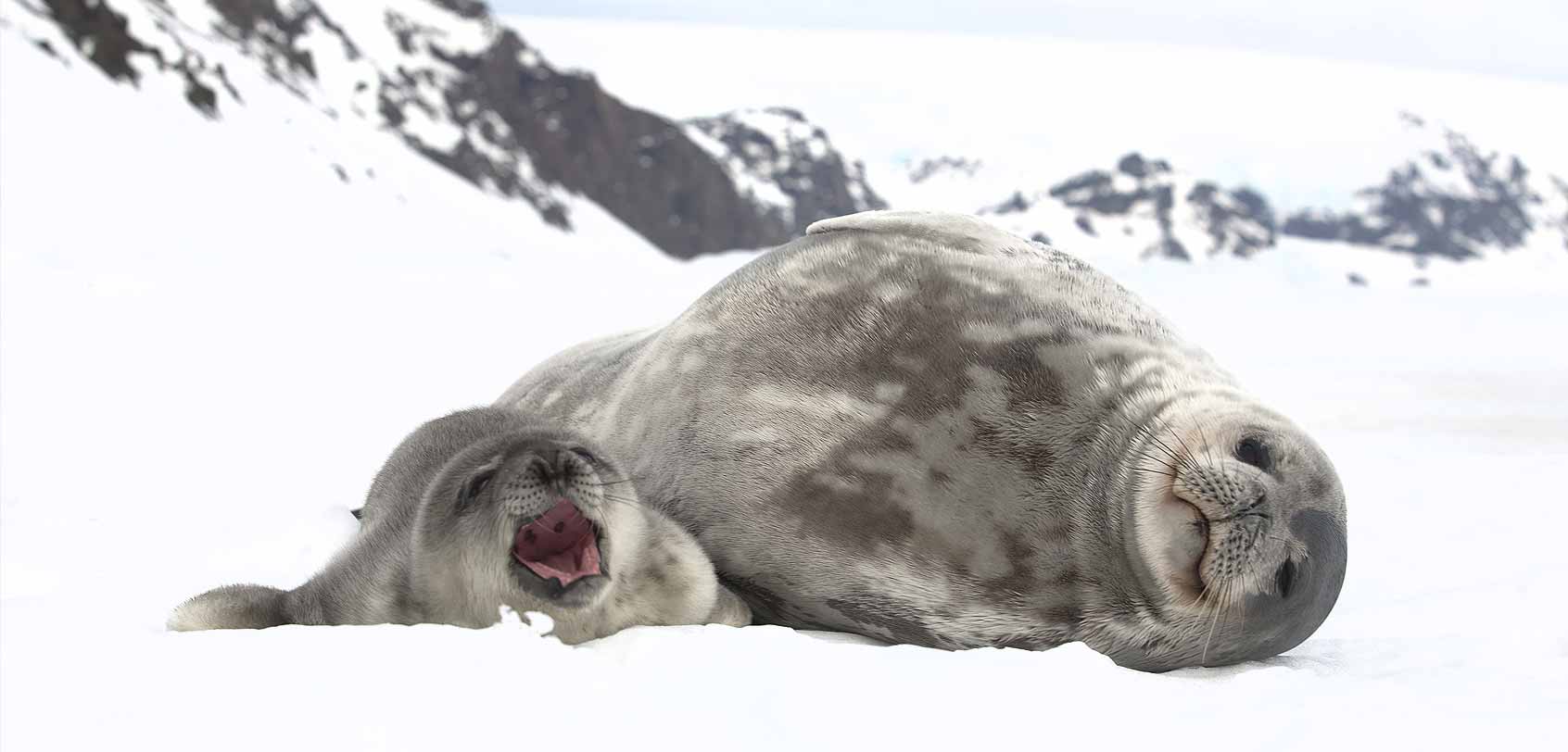
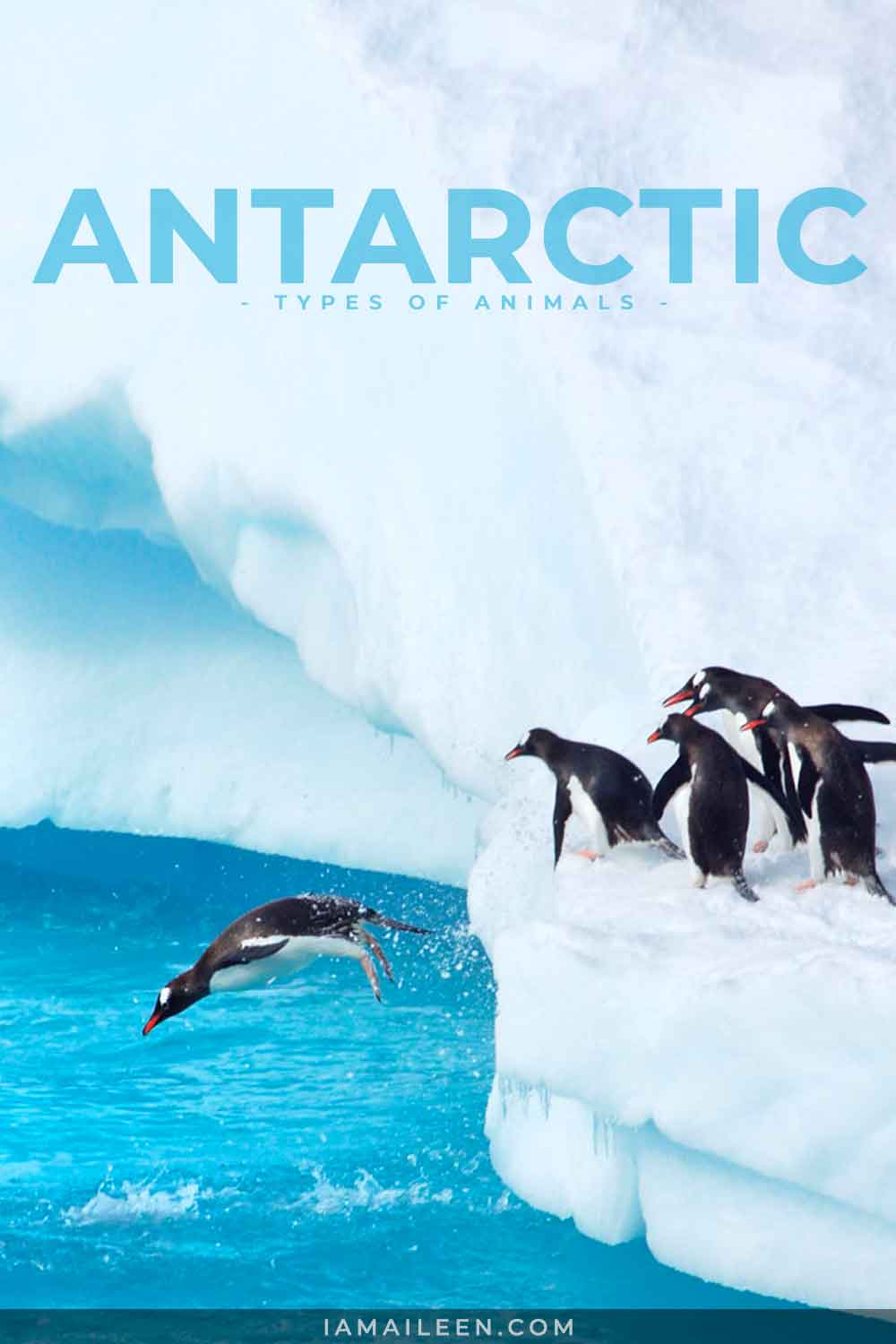


We didn’t know that Antartica is such an exciting place to visit!
It’s nice. Thanks for sharing this post.
Wow! THese pictures are so great. I hope that in my lifetime I am able to take a trip to Antarctica. The trip looks amazing. Such a great experience.
Wow! look at those photos! amazing. thanks for an awesome post!
Thank you as well!